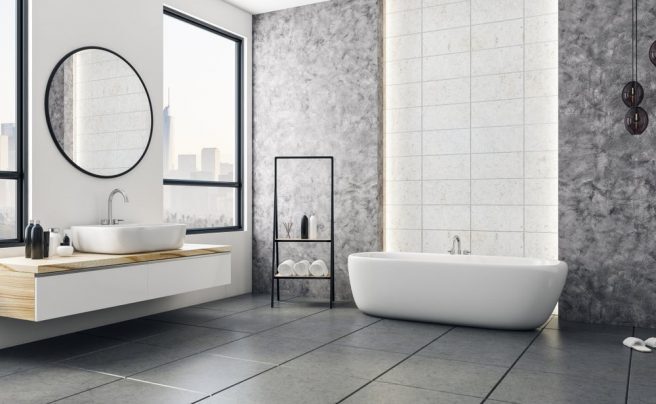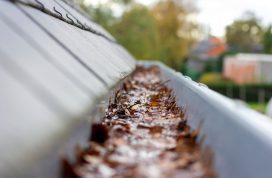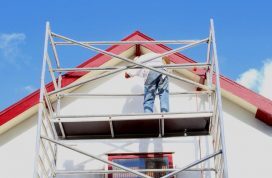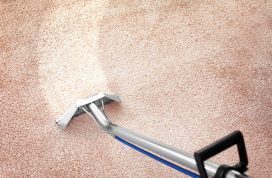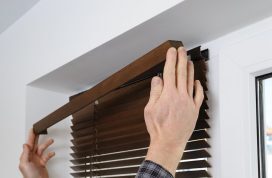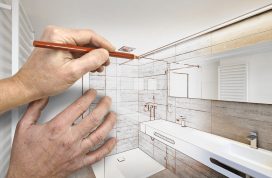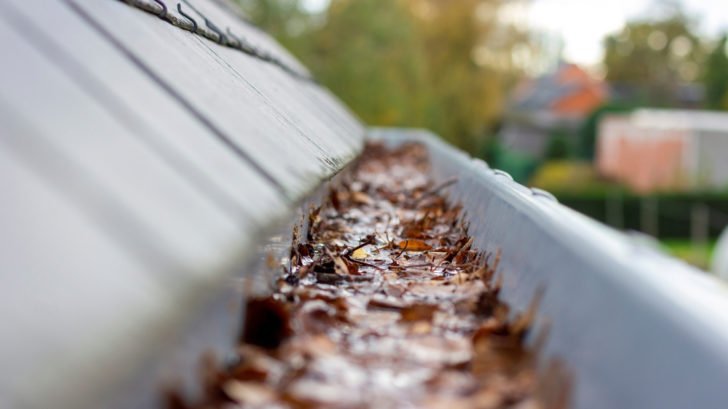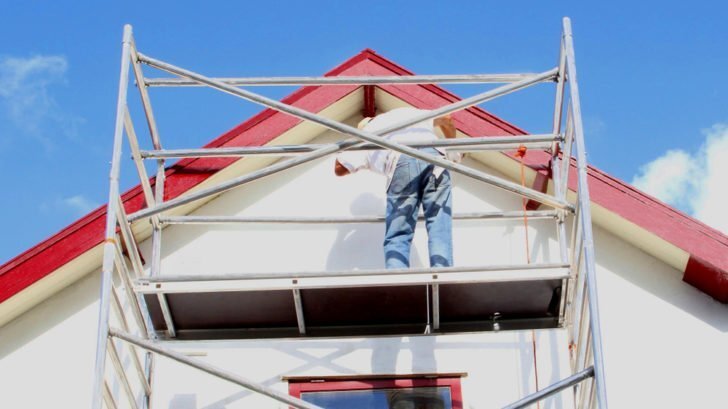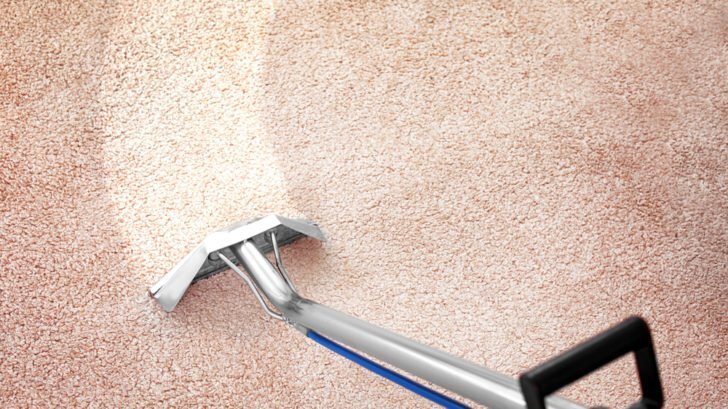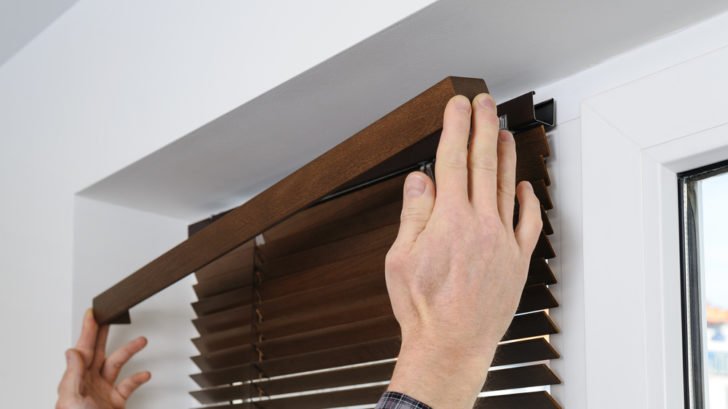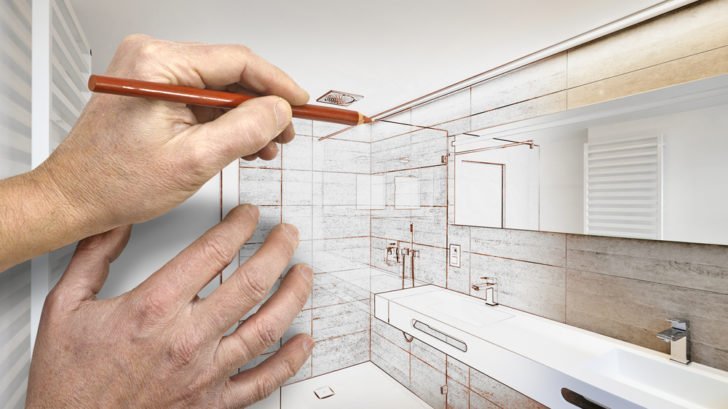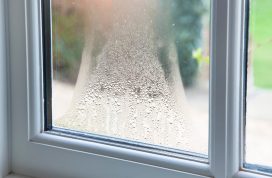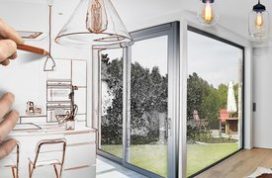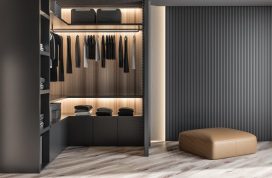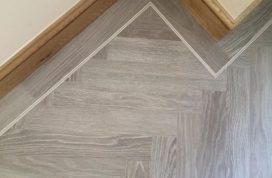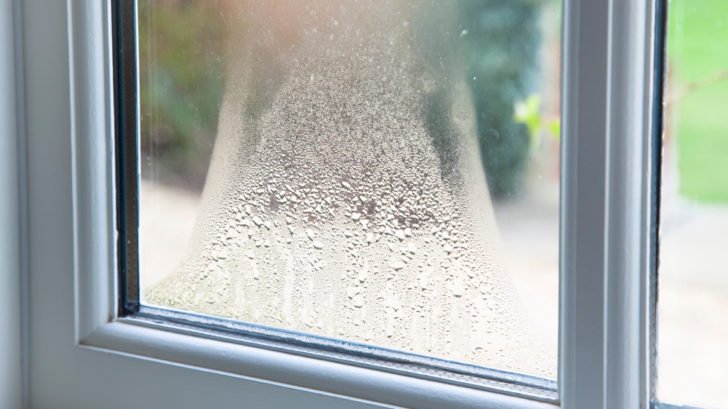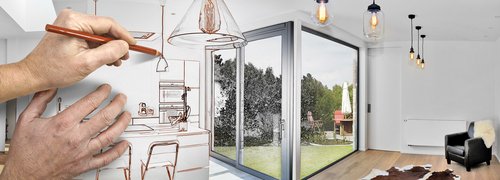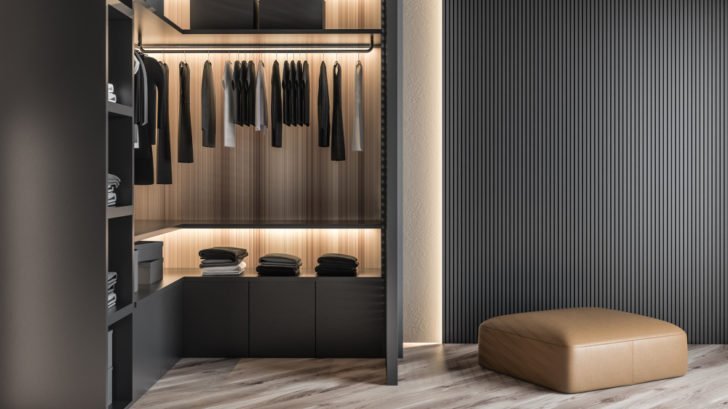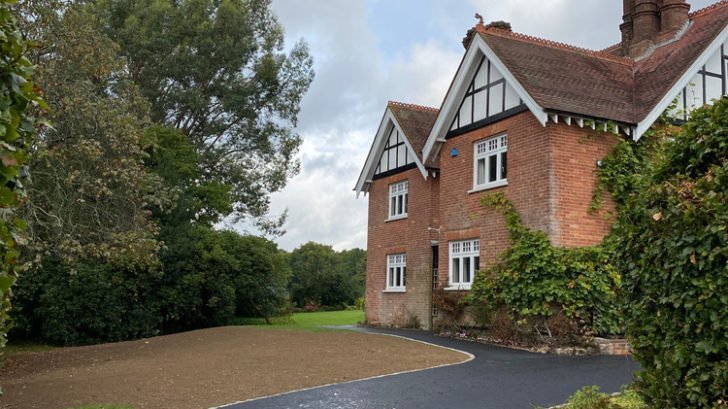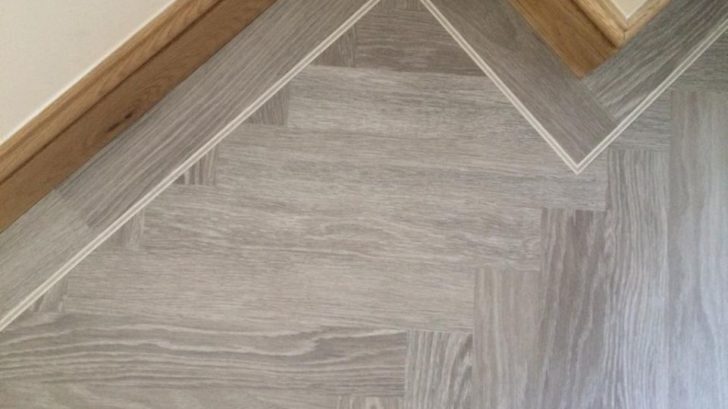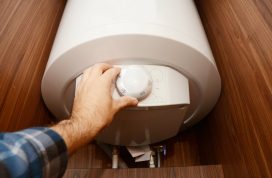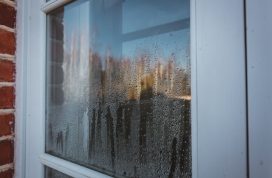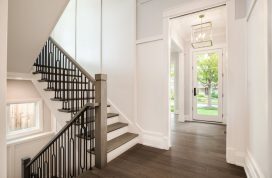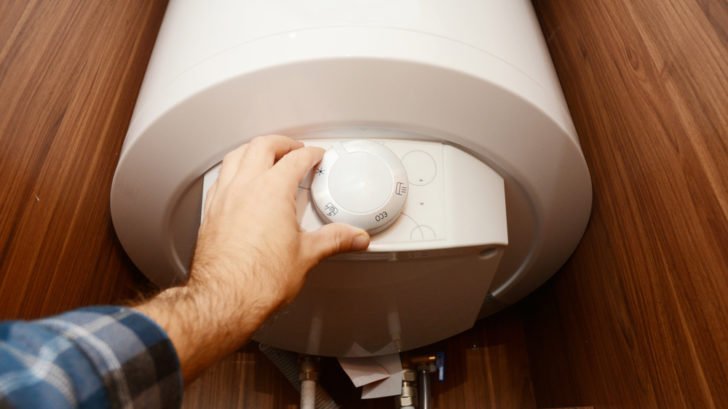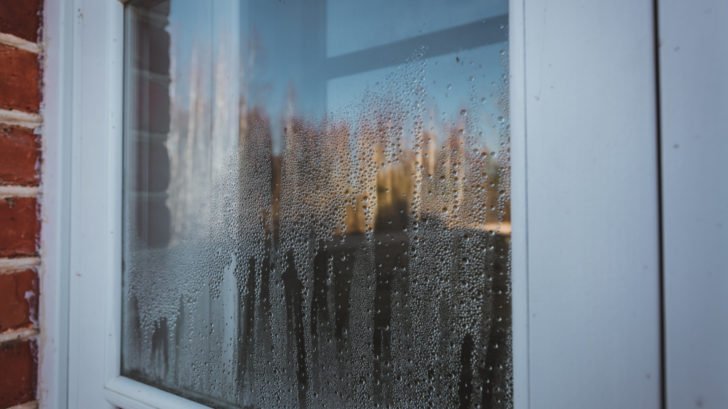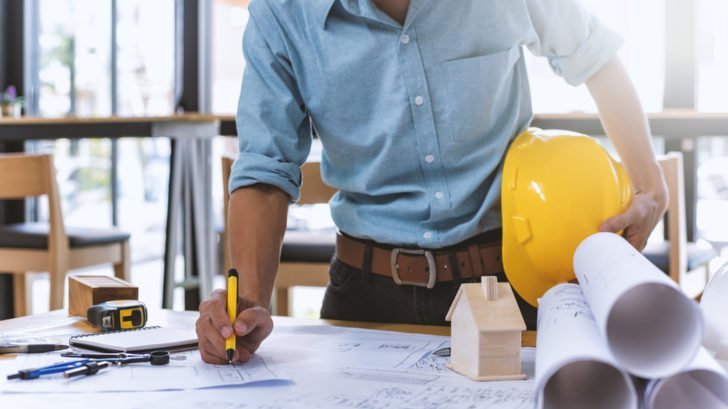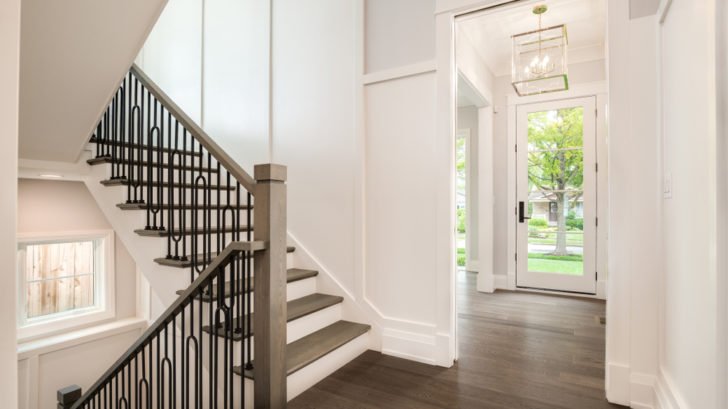If you’re planning to remodel your bathroom, you should know that this is one of the best ways to change the look of your home. For many people, a bathroom is a comfortable place where you can clean and freshen up. However, there is no doubt that you would want to change the look once in a while and enjoy the new design.
Once you decide to remodel your bathroom, take time to plan the renovations step-by-step and establish a makeover design. Let’s take a closer look at how to do this.
Steps to Remodel Your Bathroom
Step 1: Establish Your Makeover Design
The first thing to do is determine what you want your bathroom to look like and plan it. It should also fit your skillset if you plan to do most of it yourself. You can decide what colour scheme you would like and the fixtures you want to add or remove, like the sink, shower and tub.
It’s also essential to decide how much storage space you need, whether adding cabinets or shelves or expanding the room. Plumbing work is also crucial; if you don’t have experience in plumbing, you can consult a plumber to avoid unnecessary damage and subsequent repairs.
Step 2: Gather Your Tools
Bathroom remodelling may require more tools than what is in your homeowner’s toolbox. However, the particular tools you want will depend on what you want to change in the bathroom. If you don’t have the tools, you can rent them from home improvement stores at a low price. You can also purchase the tools for future home renovations.
Here are some essential tools you might require for your bathroom remodelling project:
- Safety mask, goggles and gloves.
- Silicone sealant.
- Measuring tape.
- Spackle and spackle knife.
- Power drill.
- Caulking gun.
- Stud finder.
- Flathead screwdriver.
- Pry bar.
- Extension cord.
- Utility knife.
- Adjustable wrench.
- Cordless drill.
- Wet-dry Shop-Vac.
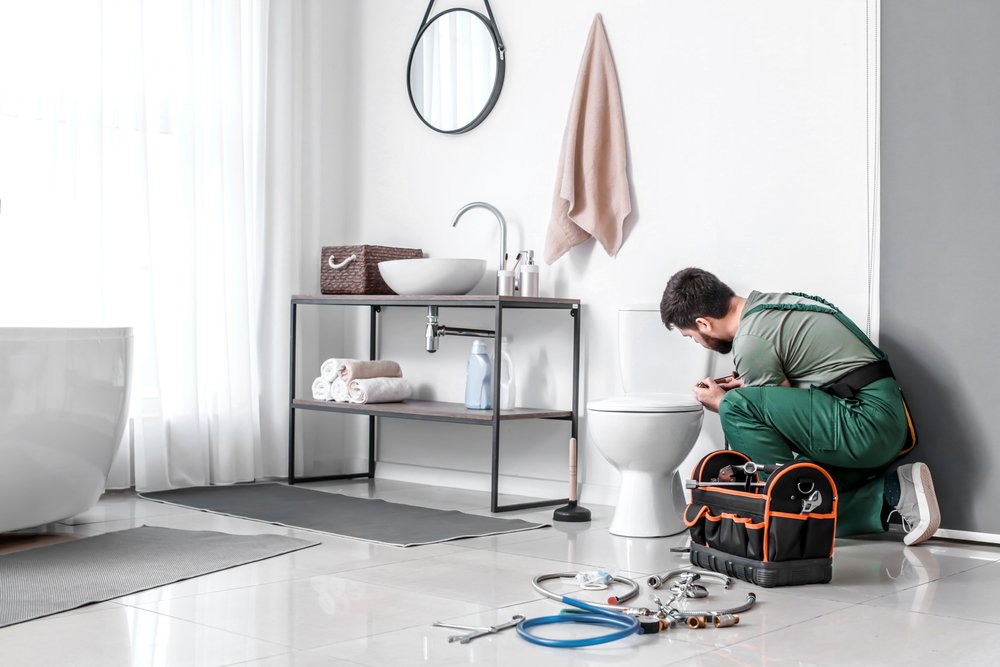
Step 3: Remove the Existing Fixtures
Whether you’re renovating your bathroom partially or totally, you need to remove certain fixtures that you want to replace and the drywall. It’s not very difficult to modernise your bathroom, but you must remove anything that could lead to a mistake.
Drain and detach the toilet first to avoid spills and remove the sink if you want to replace it. Then if you’re replacing the bathtub, you should cover it up and remove the bath, which is crucial if you’re redesigning the plumbing to match the new design. If necessary, you also have to get rid of the insulation on your walls with a saw keeping safety precautions in mind. Then, take out any other feature and fixture that you want to replace.
Step 4: Install a Tub Basin or Shower
Once you clear out your bathroom, you can replace the tub basin or shower first. The tub should fit the location where the previous one was, and it should also match your new décor. You can either choose a rectangular, pentangle or square shower. If you have enough space, you can consider installing a shower and tub combo instead.
Consider the location of your door before you install the shower or tub basin. If there is any water damage or rotten wood on your subfloor, then you should fix that up before installing a tub or shower. Instead, you can go the extra mile and add a walk-in shower to your bathroom.
Step 5: Reinstalling Wiring
After installing your shower, you can move on to the electrical fixtures in the bathroom. Again, it’s advisable to hire a professional to install your lights and other electrical fixtures unless you are familiar.
If you’re making huge changes to your bathroom, it’s crucial to adjust the wiring further. Mostly, you can move the Ground Fault Circuit Interrupters and sockets so that they’re close to the new cabinets and vanity. This way, you don’t have to stretch out uncomfortably if you want to use your hairdryer and other appliances.
Step 6: Lay Down Fresh Tiles
Your bathroom renovation would need some floor tiles, so you should decide which tiles you want to lay down. You can use mason’s chalk to arrange tiles in a straight line by drawing a straight line towards the wall.
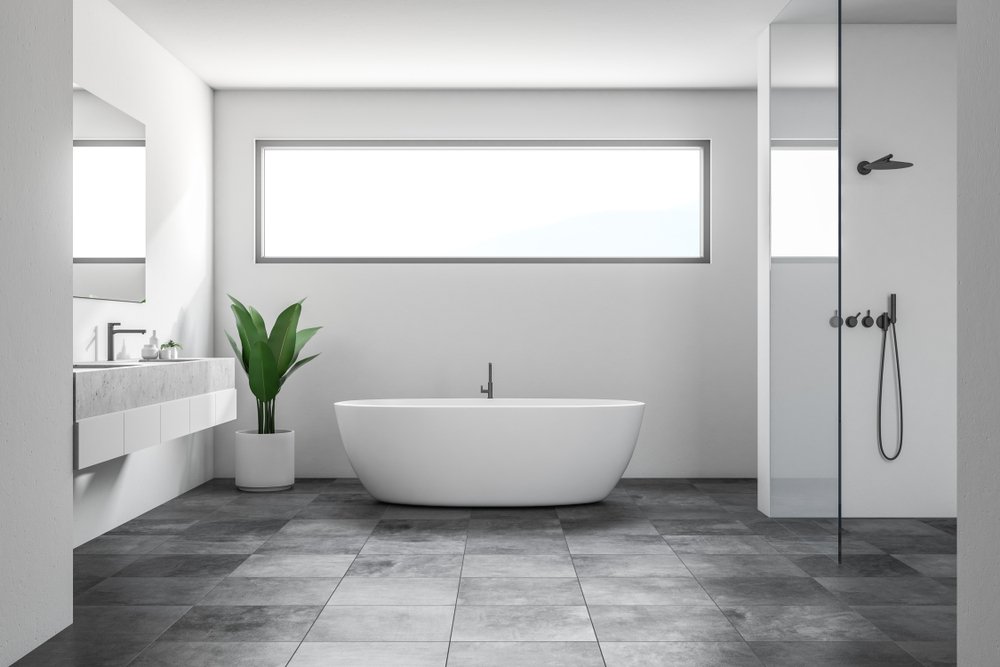
Step 7: Start Painting
After removing the old drywall, replace it with another one. This will take a long time since you need to cut the drywall to match the different features and fixtures in your bathroom. Once you hang the boards up, you can move quickly.
Cover your seams and fill in gaps on the wall with tape and drywall mud, and for the shower or tub wall, you should use a cement board and not a drywall. It would be best if you also cover the cement board with a waterproof coating to prevent future water damage.
Once your walls have been set up, you can start painting and brightening up the bathroom. Cover up the bathroom tiles and tub so that it doesn’t get stained by the paint. Do also use a semi-gloss on top of the paint to prevent mildew and mould.
Step 8: Install Cabinets and Vanity Units
One of the last steps for this project is to add the storage spaces like your vanity and cabinets, and any other fixtures on your list.
It’s important to start with the vanity and sink with the help of a plumber. Once hooked up with the faucet, you can add other essentials like cabinets, mirrors, and trim around the tub or shower.
Step 9: Hook the Plumbing Up
Your bathroom is almost ready, with the shower, sink, and tiles. But remember that you disconnected the toilet previously. So, you can ask the plumber to install your toilet, and it’s better to do this at the end to prevent it from getting chipped while working on the different parts of your bathroom.
Finishing Touches
The last thing you need to do is install trim around the mirrors and the room and add other finishing touches to your bathroom. Final touches help make your bathroom feel complete, and once everything is dry, you can have a nice bath and enjoy the new look.
How Much Does a Bathroom Remodel Cost?
Although you’re doing the bathroom remodel yourself, there’s no doubt that you would still have to spend money on tools and new fixtures. The average cost of a bathroom remodel is between £7,000 and £10,000, but labour costs are usually around 20%. You would still have to pay for the electrician and plumber, but since you would be doing a lot of the work yourself, you can save a few thousand dollars.
Conclusion
With the steps above, the right tools and the help of professionals, you can start remodelling your bathroom to meet your requirements and style. A newly designed bathroom is refreshing and will be a comfortable place to relax and get clean.

